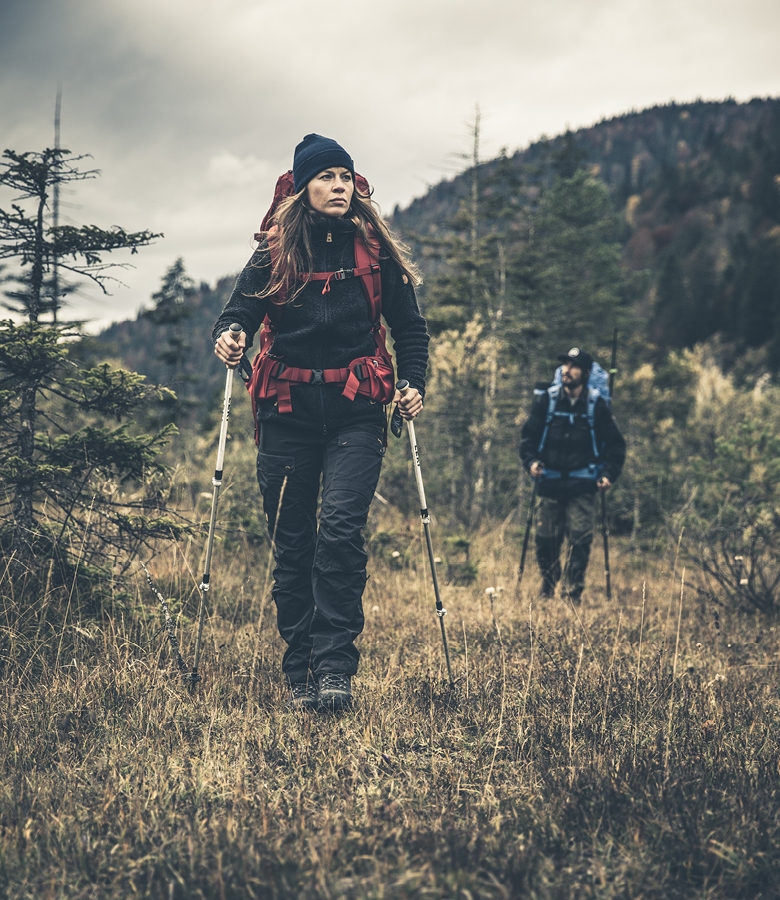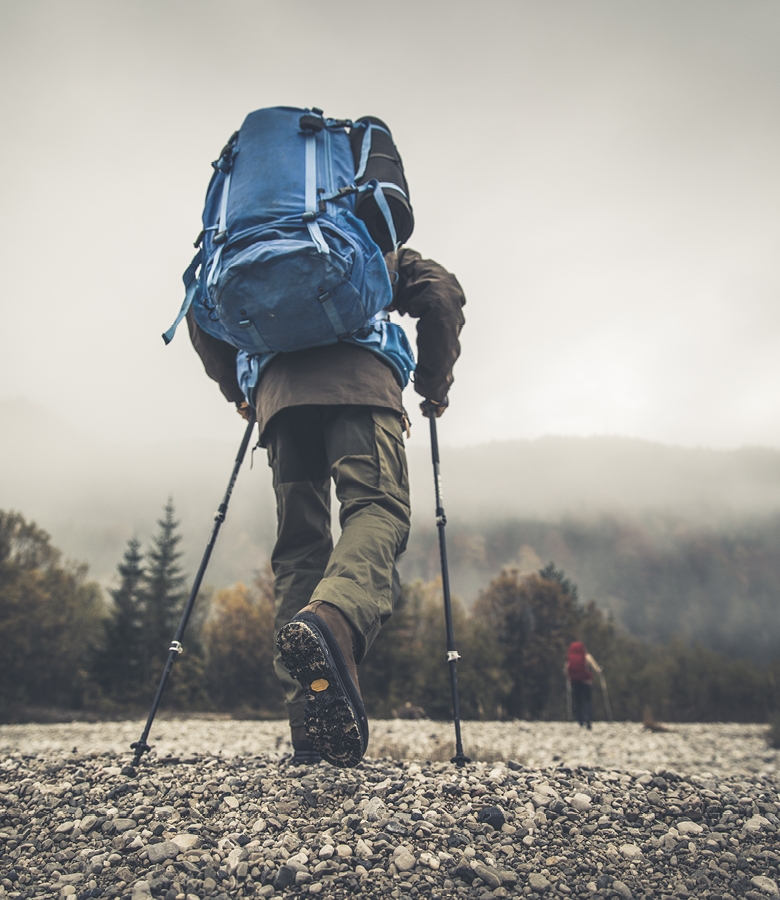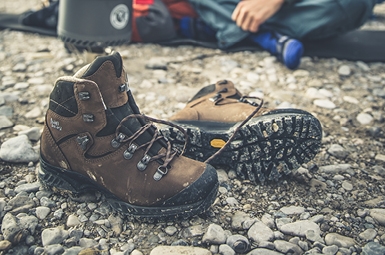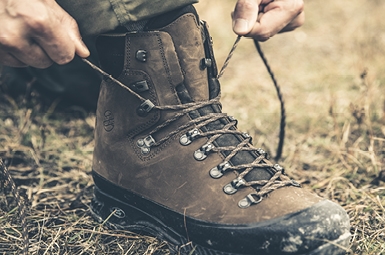
HOW FIT AND EXPERIENCED ARE YOU?
When choosing footwear, the area you intend to use it plays a pivotal role. But physical fitness and experience are equally crucial. Mountain guides are familiar with this issue, when their clients ask: “Why do we have to wear these heavy boots, while you’re only wearing lightweight shoes?” This is because mountain guides are so fit, strong and sure-footed that it’s no problem. Safety is of course paramount though, and if in doubt you should always go for more stable footwear.





